Continued from part 1, part 2 and part 3
Hopi Rattlesnake, Crotalus viridis.



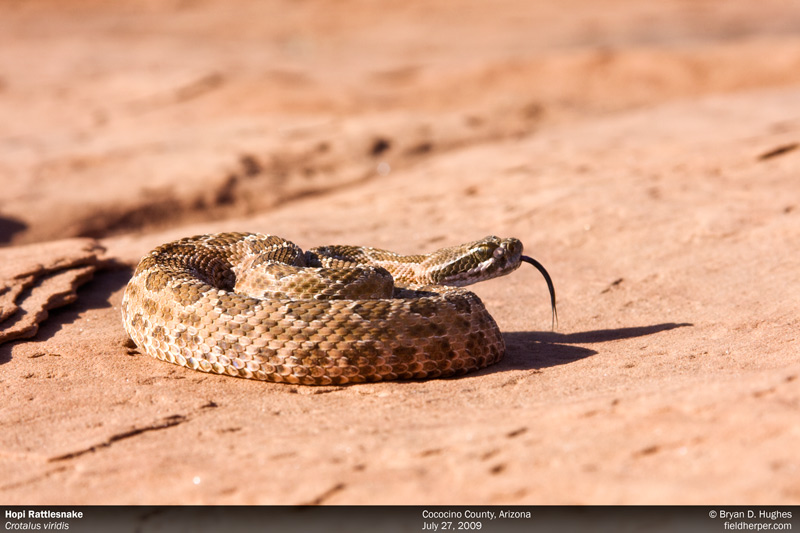
Here is the youngest, smallest Black-Tailed Rattlesnake (Crotalus molossus) I have ever seen. It was found North of my home in Anthem, Arizona, in a place where I had previously not seen this species. It’s a great looking snake for this area.




… and an HDR for the hell of it.

Sonoran whipsnakes (Coluber bilineatus) are cool. They’re smart, fast, diurnal snakes that are difficult to photograph simply because it’s hard to get close enough to the things to do it without them instantly disappearing into the brush … and if you do actually manage to get your hands on one, you’re going to be bleeding from the multiple bites it will deliver, without fail.
That is, of course, unless they’re babies 🙂 Then they can bite all they want, and it doesn’t matter. Here are a couple I found this year.

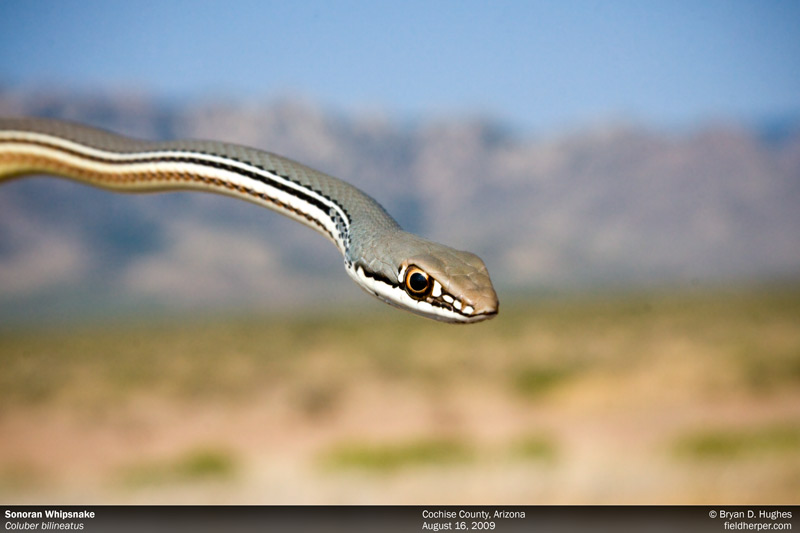
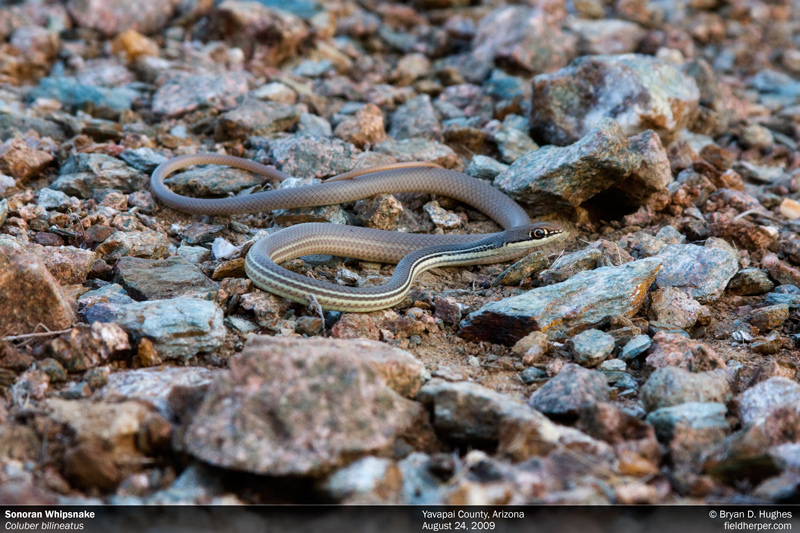

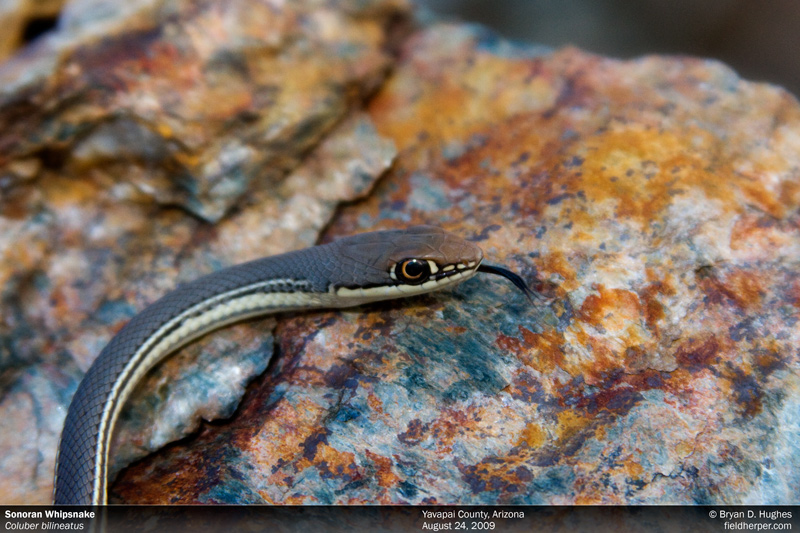
… just to illustrate:

I have had a photo selected for the 2010 Arizona Game & Fish Wildlife Calendar! I win enough money for some new photo gear to replace some I broke this last summer, which will help. Here is more information about the calendar, where to get it (for $3), and a list of the other winners. This is the first photography contest I’ve ever entered, so I am encouraged to enter more, to say the least.
Here is the photo they selected, for the month of Novembe, of a Western Diamondback Rattlesnake (Crotalus atrox) I photographed in April.
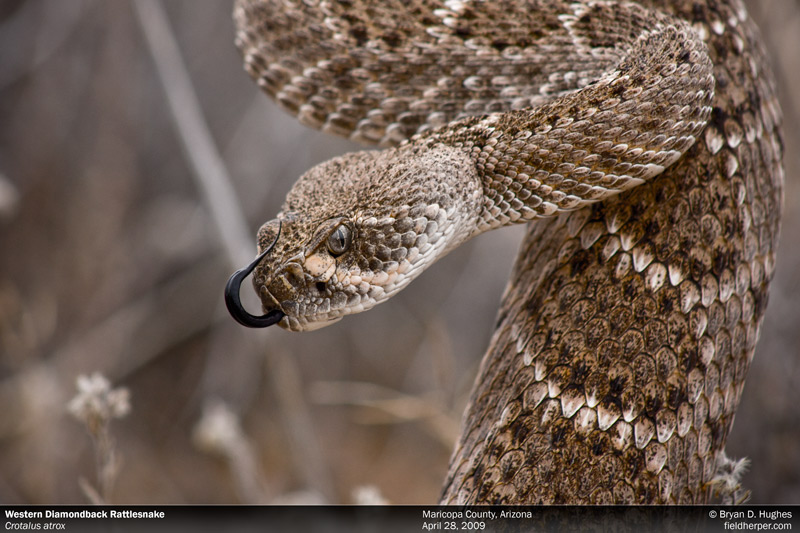
Here is a photo of some Canyon Treefrogs (Hyla arenicolor) that was selected as an honorable mention; also photographed in April of this year.
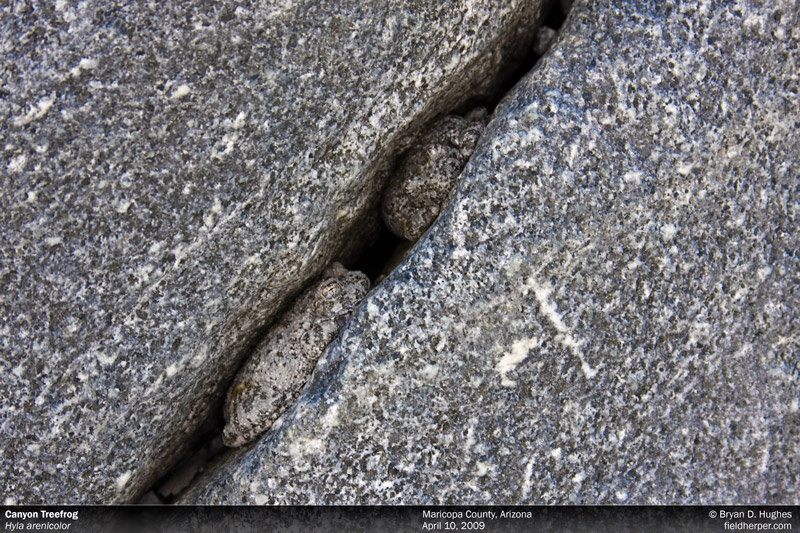
Here is more infor
My sister and I found this Great Plains Toad, Bufo cognatus, out on the road near Douglas, Arizona in the summer of 2009. We had a hard time keeping him from jumping right back into traffic. Not the smartest critters around …

In August I spent a few days in extreme Western New Mexico, and found a total of 86 snakes … pretty good times. I was to meet my sister for a couple days to see how many diamondbacks and mojaves we could find in as short a time as possible, and I had a day to kill in the meantime. Temperatures were far from optimal, but that didn’t stop the animals. It ended up being an interesting day, full of lots of rain, wet equipment (and clothes), and lots and lots of mud.
In the early morning I photographed several snakes out in a cold lightning storm. I have to say, taking pictures of a big pissed off diamondback while lightning strikes all around is a great way to get the blood pumping. (a few of these will reappear in another post in a special about C. atrox variation).
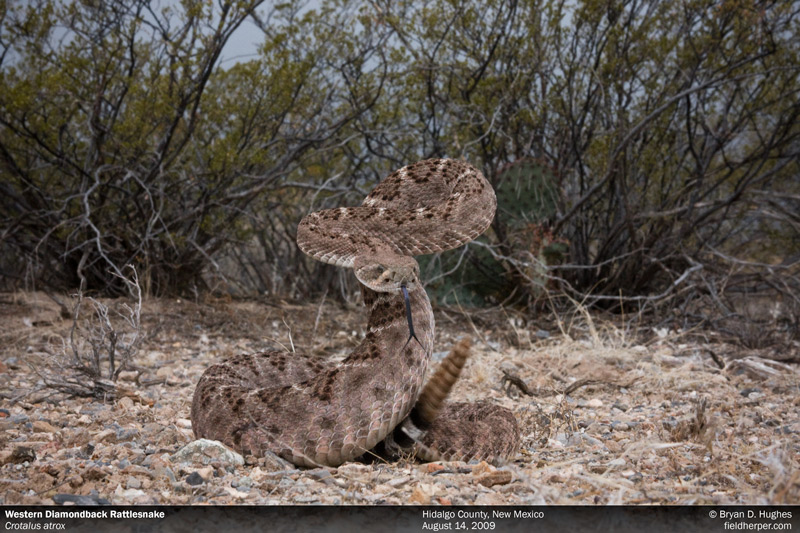


Some vultures …


… and while I’m posting birds:
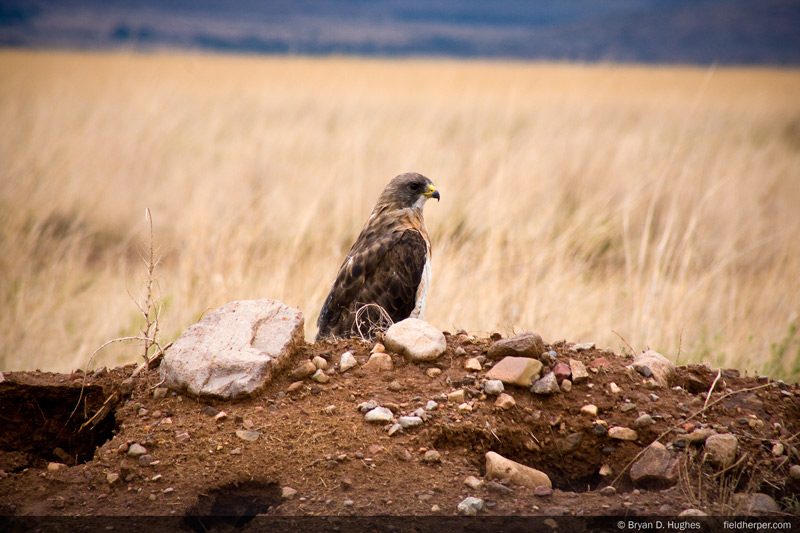
Here’s another Mojave Rattlesnake:

… and another.


Back into New Mexico, I found several Ornate Box Turtles out in the rain.
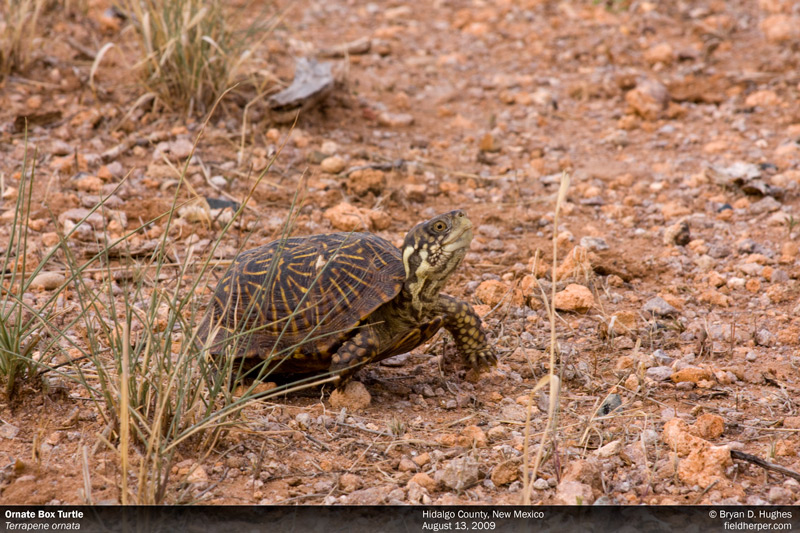
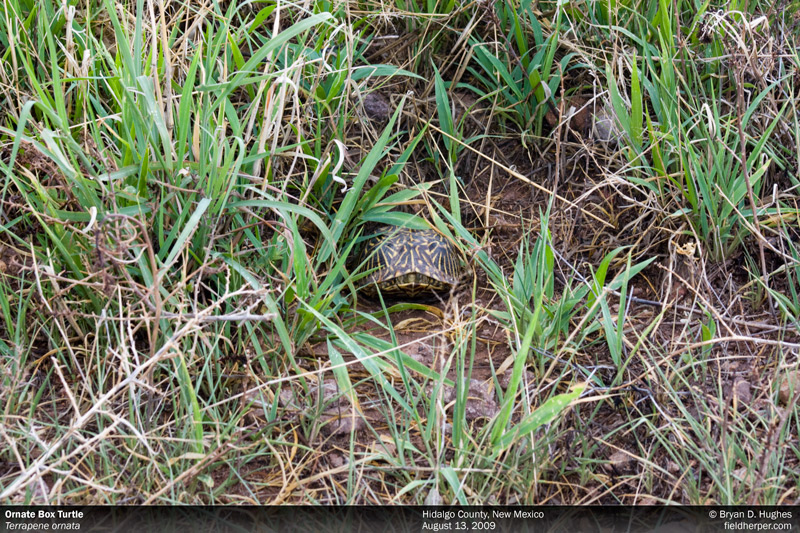

In the evening, I found a tarantula hawk wasp the size of an adult mouse dragging a paralyzed, but still living, tarantula to a nest.

Finally the rain cleared, but I decided to call it an early night, after a long, long day of not seeing a whole lot. The last snake I had seen was at about 10am, and the day was an adventure of car issues in the middle of nowhere, hiding from monster storms, and dodging flash floods. I got one last shot of the Animas mountains of New Mexico, opposite of the sunset, as the last of the hail clouds broke up to a chilly night sky.
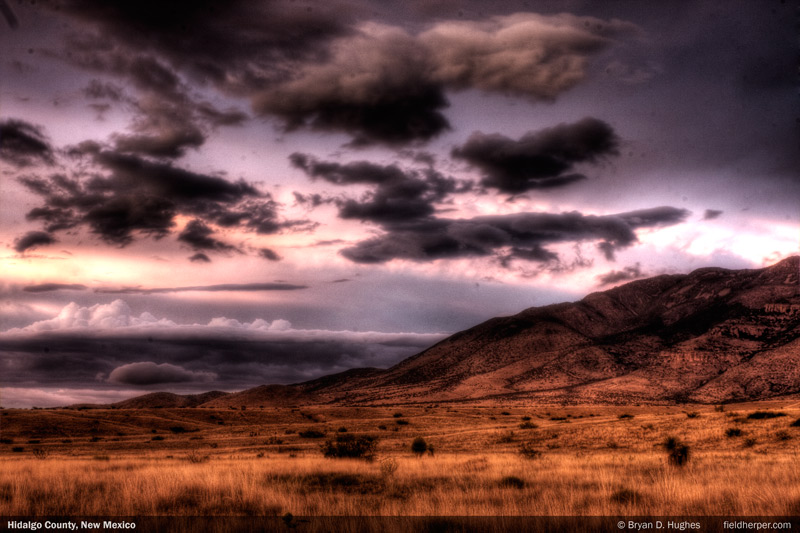
Happy Halloween!
I watched this Canyon Treefrog, Hyla arenicolor, crawl out of a stream and climb a rock to do as they do, and take on the approximate color of the rock for an afternoon snooze. It takes awhile to take effect, it seems, as this little guy was not at all hidden at first. I set up on a rock and had lunch while I watched it gradually get darker and darker, but left before the change was complete.

For as much time as I spend out looking for reptiles, it’s always surprised me that I’ve never seen an Eastern Collared Lizard, Crotaphytus collaris. They’re big, brightly-colored, and fairly common in many of the areas I spend time. I was finally able to photography my first recently. Another one on the life list.
Something very interesting I learned after showing off the find to some other field herpers with more experience with this species, is that they have a rather inefficient way of keeping alive as young lizards.
Eastern Collared Lizards are cannibals. Adult males will eat young lizards on sight, but spare gravid (pregnant) females. Obviously eating females loaded with eggs would not work out too well for the species, so females give warning of their status by displaying bright orange lizards. Young males, in turn, display orange coloration in order to mimic females of the same species, to avoid predation by … the same species. To me, this is right up there with the flounder in adaptations that show just how unintelligent natural design is.


This big Tiger Whiptail, Aspidoscelis tigris, was foraging for food in the mesquite roots while Kelly and I watched. I’ve always thought whiptails are a bit entertaining, as they always seem to be extremely busy doing whatever they’re doing, and just can’t be bothered to run away. Not now, not while there are bills to pay and bugs to catch.
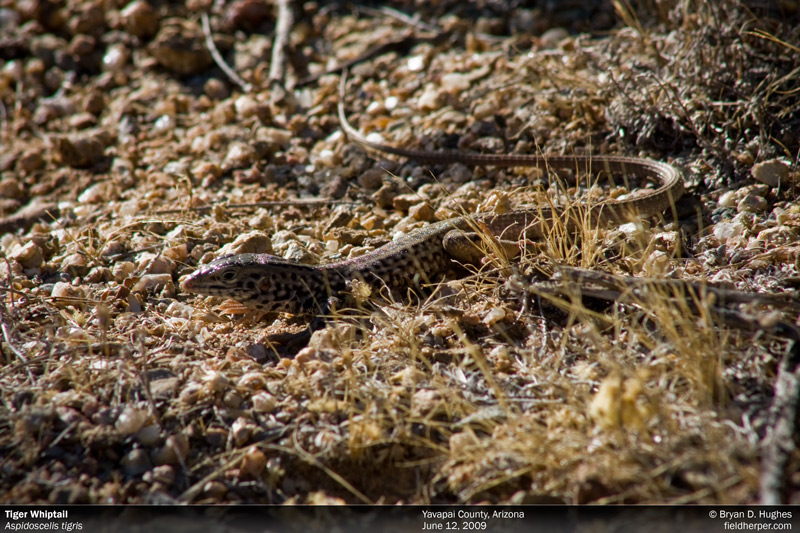
An adult Elegant Earless Lizard, Holbrookia elegans, from Santa Cruz County, Arizona.

Here are a couple of Western Diamondback rattlesnakes we found out cruising around after dark; the objectives of both are quite different, I am sure.
This first is a fairly typical-looking Western Diamondback Rattlesnake (Crotalus atrox). The atrox I see in this area of Arizona tend to be a little more colorful than the dirt-grey variety I often encounter up near Phoenix.
Here’s another that was found less than 100 feet away, about 20 minutes later. It’s a neonate atrox that’s maybe a few weeks old.
Notice the button on the tail. A common myth is that baby rattlesnakes are born without rattles; this is absolutely false. This snake cannot yet rattle of course, since it takes at least 2 segments of rattle to make any sound at all.
Another myth is that baby rattlesnakes are somehow more deadly than the adults. I’ve heard lots of reasons … more potent venom, unable to control their release, etc; these must be taken with a bit of understanding and relation. I have observed that a greater proportion of young snakes are aggressive right out of the gate. I assume this is to do with the poor little things being only a few inches long and on the menu for just about everything in the desert. As for their venom being more dangerous … young diamondbacks can have more potent venom (The Venomous Reptiles of Arizona, Low / Schwalbe / Johnson). Although it is possibly more deadly drop-for-drop, a young atrox is not able to inject the same amount of venom as an adult. I see all over the place (including the CDC website, until earlier this year) that babies are more dangerous because they cannot control their venom yield. Everything a pencil-sized snake has just doesn’t compare to the danger posed by even a fraction of a large adult. It also has a smaller mouth, fang-size, and strike range. There are several factors to consider to gauge the overall danger a snake poses; not just venom. The point: leave rattlesnakes of ALL sizes alone and head the other way. Your uncle/neighbor/co-worker might be right about a lot of things, but he’s wrong on this one.
These tiny babies are out in force of many species at this time, and are pretty easily found as they wander around without an established home range. Cute little things.
Get these posts in your email: